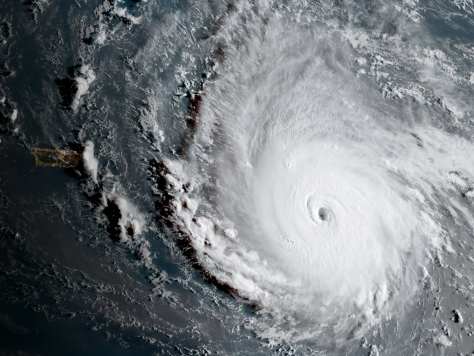
In the wake of Hurricane Harvey, Hurricane Irma, and recent record flooding in Bangladesh, I was reminded of the foundational role of mobile communications technology in the response to 2005’s Hurricane Katrina. A pivotal moment in the development of the Geoweb, the response to Hurricane Katrina (or lack thereof) is widely considered to be the first example of the use of mobile phones to communicate crisis information. Using mobile technology during a crisis can support first responders to identify the location of affected individuals as well as to give emergency response managers more up-to-date information as a crisis unfolds. A recent publication from University of Waterloo graduate Sara Harrison picks up on this thread, examining the disaster management cycle and presenting results from U.S. and Canadian emergency managers as to their adoption of crowdsourcing tools and social media. Constraints and challenges to adoption of crowdsourcing are presented, with specific recommendations for government at all levels. The integration of crowdsourcing into emergency management systems can provide a conduit for two-way exchange of information, in real time, between citizens in need and emergency response professionals. In the decade + since Katrina, the development of this area of application of crowdsourcing has begun to show real benefits, but as Sara Harrison’s paper shows, there are still real development and deployment challenges to be overcome.
Read the full paper of Crowdsourcing the Disaster Management Cycle.